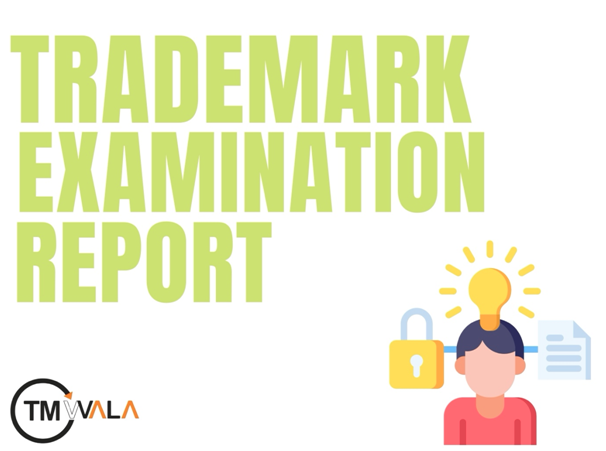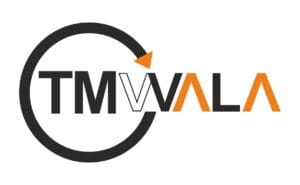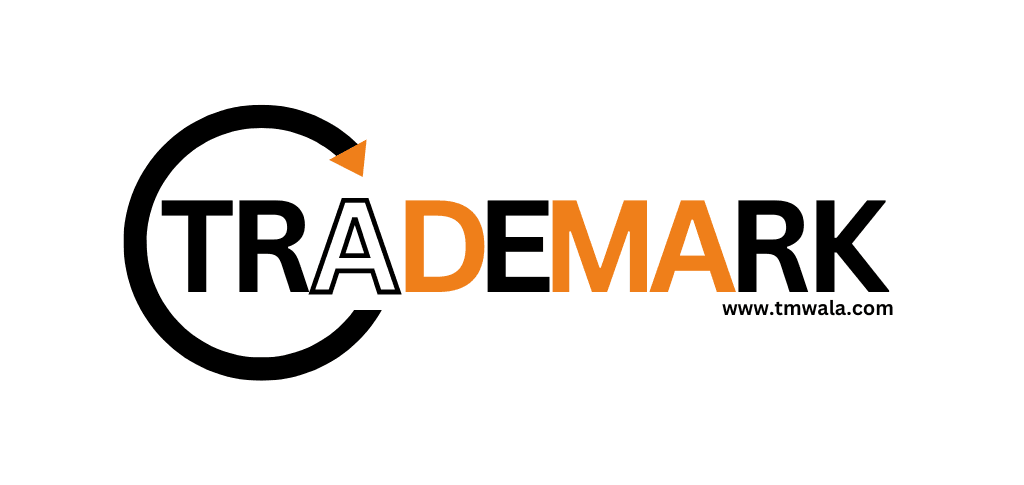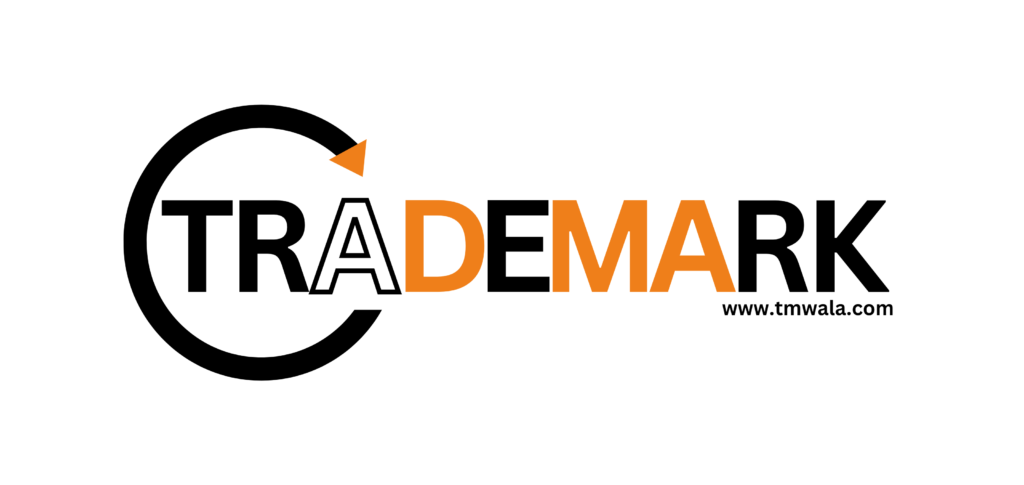
INTRODUCTION
In India, the trademark registration process ensures that trademarks are unique and legally protected under the Trade Marks Act, 1999. After an applicant submits a trademark application to the Indian Trade Marks Registry, the status of the application may initially appear as “Marked for Exam”. This status signifies that the trademark is now undergoing examination by an associate examiner to determine its eligibility for registration.
The examination process is a key step in determining whether a trademark is eligible to be published in the Trade Marks Journal and, eventually, granted registration. This article provides a detailed look into the trademark examination process, including the steps involved, the criteria for examination, and what happens after the application is marked for examination.
When a trademark application is assigned to an Associate Examiner for scrutiny, its status on the Indian Trade Marks Registry website is updated to “Marked for Exam”. This status indicates that the application is under formal examination, which means that an examiner will assess whether the mark qualifies for registration based on the criteria established under the Trade Marks Act, 1999.
The examiner’s task is to scrutinize the trademark application, perform a search to identify any conflicting trademarks, and decide whether the mark can be accepted for publication in the Trade Marks Journal. This examination is crucial because it helps ensure that trademarks are distinctive and do not infringe on existing marks, protecting businesses and consumers alike.
At this stage, TMWALA can provide you with expert assistance to ensure your trademark application meets all the formal requirements and that your mark is classified correctly to avoid any initial delays or rejections.
Step 1: Formal Review and Filing Compliance
The first step of the examination process is to ensure that the trademark application complies with the formal requirements set by the Trade Marks Registry. This includes verifying that:
If any deficiencies or irregularities are found during this initial review, the applicant will be notified, and they will need to rectify the issues before the examination proceeds.
Here, TMWALA can guide you through the filing process, ensuring that all documentation and legal requirements are met accurately, reducing the chances of initial rejection due to minor errors.
Step 2: Trademark Search for Conflicts
Once the application is accepted as compliant, the examiner conducts a thorough search of the existing trademarks in the Trade Marks Registry. The primary objective of this search is to identify:
The examiner will check the phonetic and visual similarity of the applied mark to ensure there is no likelihood or confusion. For instance, if the trademark is too similar to an existing registered mark in the same or a related class, the examiner may raise an objection.
Before filing your application, TMWALA conducts an in-depth trademark search to assess the likelihood of conflicts with existing trademarks. This proactive search helps mitigate potential rejections later in the process, saving both time and resources.
Step 3: Assessing Registrability Under the Trade Marks Act, 1999
The core of the examination is assessing whether the trademark meets the legal standards for registration under the Trade Marks Act, 1999. The key criteria include:
Step 4: Identifying Conditions, Limitations, or Restrictions
In some cases, the examiner may propose specific conditions, limitations, or restrictions on the use of the trademark. These may include:
Once the examination process is complete, the examiner issues a consolidated Examination Report. The report may contain the following outcomes:
The applicant will then need to respond to the objections within a specified time frame, usually 30 days from receiving the examination report.
If objections arise, TMWALA will assist you in drafting a thorough response, addressing each objection with the necessary evidence or legal arguments. Whether it involves providing proof of acquired distinctiveness or modifying the trademark, TMWALA’s expert team ensures your application stays on track.
If objections are raised, the applicant must take appropriate action to overcome them. There are a few ways to address objections:
If the examiner accepts the application or the applicant successfully overcomes objections, the trademark is then published in the Trade Marks Journal. This publication serves to notify the public about the proposed trademark registration, allowing third parties to raise any opposition.
The opposition period typically lasts 4 months from the date of publication. During this time, anyone who believes they will be adversely affected by the registration of the mark can file an opposition with the Trade Marks Registry.
If no opposition is filed, or if the opposition is resolved in favor of the applicant, the mark proceeds to the final registration stage. The applicant will receive a Certificate of Registration, confirming their exclusive rights to use the trademark in relation to the specified goods or services.
The trademark examination process is crucial to maintaining the integrity of the trademark system and ensuring that only those marks that meet the requirements of distinctiveness and legality are granted protection. Understanding the examination steps, responding to objections promptly, and being aware of the overall timeline can significantly increase the chances of successful trademark registration.
From the moment an application is “Marked for Exam” to its final registration, the process requires careful attention, adherence to legal requirements, and strategic action. By navigating each step diligently, applicants can protect their brand identity and secure exclusive rights to their trademark in India.
TMWALA, with its expert guidance at every stage of the processfrom filing to final registrationensures your trademark journey is smooth, timely, and successful. Whether you need assistance with formal review, responding to objections, or understanding the nuances of the process, TMWALA is the ideal partner to help you secure your brand’s legal protection.
Get started instantly

TMWala
Your one stop shop for all your business registration and compliance needs.
Our Services
© Copyright TMWala. All rights reserved
Choose your Entity Type
Individual/ MSME/ Sole Proprietorships
Non-MSME/ Large Entities

₹1,500.00 Original price was: ₹1,500.00.₹999.00Current price is: ₹999.00.
Trademark Application @ ₹999* (Basic Discounted Plan for MSME/Individual/Sole Proprietorships) Best-Selling, Economical & Easy

₹1,500.00 Original price was: ₹1,500.00.₹999.00Current price is: ₹999.00.
Trademark Application @ ₹999* (Basic Discounted Plan for Non-MSMEs/Large Entities) Best-Selling, Economical, Quick and Easy
Choose your Entity Type
Individual/ MSME/ Sole Proprietorships
Non-MSME/ Large Entities
₹3,500.00 Original price was: ₹3,500.00.₹1,999.00Current price is: ₹1,999.00.
Government Fees
₹4500/-
₹3,500.00 Original price was: ₹3,500.00.₹1,999.00Current price is: ₹1,999.00.
Government Fees
₹9000/-
Choose your Entity Type
Non-MSME/ Large Entitie
Individual/ MSME/ Sole Proprietorships

₹15,000.00 Original price was: ₹15,000.00.₹6,999.00Current price is: ₹6,999.00.
Trademark Application @ ₹6999* (Premium Discounted Plan for Non-MSMEs/Large Entities) Comprehensive
Government Fees
₹9000/-

₹15,000.00 Original price was: ₹15,000.00.₹6,999.00Current price is: ₹6,999.00.
Trademark Application @ ₹6999* (Premium Discounted Plan for MSME/Individual/Sole Proprietorships) Comprehensive
Government Fees
₹4500/-